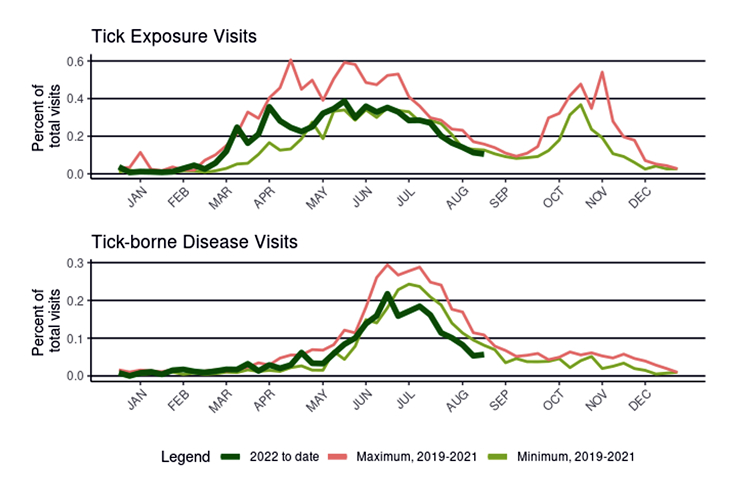The Asian long-horned tick has reportedly made its way to Northern Missouri, as recently reported on Successful Farming’s website.
The Asian long-horned tick has the potential to wreak havoc on animals and humans. These ticks are not as famous as other ticks that transmit disease, such as the deer tick, but their potential to spread disease makes them a worthy adversary. Livestock owners are taking heed, as these nasty ticks pose a threat to herds, known as bovine theileriosis. Here are more reasons you should know about these ticks.

Asian Long-Horned Ticks Can Spread Serious Diseases
The Asian long-horned ticks can spread a number of diseases, including Parvovirus B19. The B19 virus is a serious concern because it can lead to flu-like symptoms that can result in death in rare cases.
They Have a Rapid Reproduction Cycle
Asian long-horned ticks have a rapid reproduction cycle and large populations are expected to grow throughout the United States. Once a host is infected with a tick, it takes about three to four weeks for the tick to go from egg to adult. The ticks have a one-week feeding period, where they can live on their host for up to five days without feeding. After feeding, the ticks have a three- to four-week developmental period, after which they’ll drop off their host and mate, resulting in eggs that hatch into larvae. This means that ticks can quickly overpopulate areas and spread to other animals and hosts.
They Are Host-dependent on Several Species
Asian long-horned ticks are host-dependent, which means they only live on specific hosts and cannot survive without them. Asian long-horned ticks are found on a number of animals and can thrive in a variety of environments. These ticks can be found on a variety of livestock, including pigs, goats, and cattle, but they also feed on humans and companion animals, like dogs and cats. This can lead to an increase in tick-borne disease, especially in areas where the ticks are new to the ecosystem and have not been able to build up resistance to disease.
They Are Small and Easy to Miss
Asian long-horned ticks are small and have a dark color, which makes them easy to miss. Therefore, it is important to regularly examine your pets and yourself for signs of ticks. When you check your skin for ticks, start at your shoes and work your way up your legs and torso. This will make it easier to inspect your skin and will help you spot the ticks sooner. When you’re checking your pets, start at their feet and make your way up their legs, torso, and head.
The Tick Has Been Found in New Areas of the United States
Aside from the newest finding in Missouri, the Asian long-horned tick has been found in new areas of the United States, such as Florida, Virginia, Delaware, New Jersey, and Rhode Island. While the tick is not currently established in these areas, it has the potential to spread and become a major problem if it is not controlled. The tick has seen an increase in the rate at which it is spreading, with populations expanding in range and increasing in density in areas where the tick is already found. This means that the Asian long-horned tick is a threat to the United States and that researchers need to take the tick seriously.
Weymouth Tick Control for Tick and Tick-Borne Illness Protection

For protection against any and all ticks here in Massachusetts, I urge you to call on the experts. Reputable Weymouth tick control providers will offer solutions for protecting your home and family not simply in the warm weather months, but all year long!
Also read: How bad are ticks in Massachusetts?


 Prevention is everything for avoiding ticks and the potential for disease. Enlist professional
Prevention is everything for avoiding ticks and the potential for disease. Enlist professional 